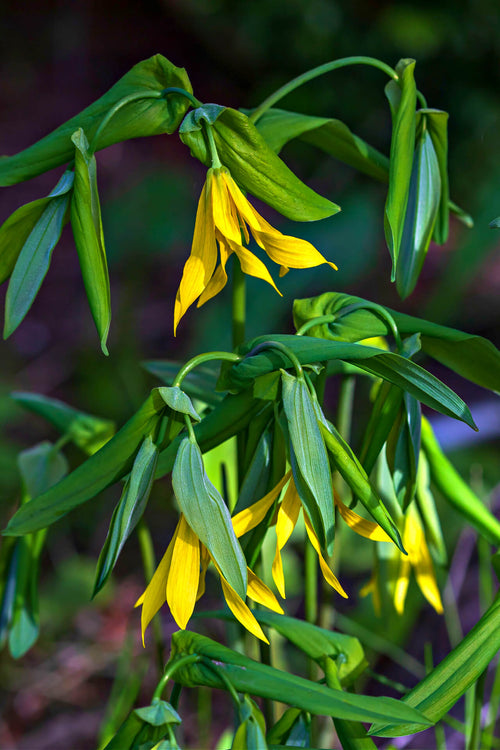Perennial plants are quite adaptable and have a long lifespan as compared to the annual and biennial plants.
Some perennials can survive for decades if maintained correctly, so it is crucial to make the right choice to ensure that your plants thrive well.
There are several factors that can affect the lifespan of your perennial plants:
Climatic conditions, location, and soil can impact the growth and development of the plants. While choosing the right kind of plants, it is important to keep these factors in mind as they are crucial to your garden’s success.
Climate
—Climate and temperature of your area are key factors for choosing the correct plants for your garden. You can visit the local nursery and seek suggestions from them. They can help you to identify and choose the plants that can thrive in your garden. The information is also available on the internet and several books about specific perennial plants. The USDA plant hardiness zone can further help you in analyzing the temperature of your area, and you can choose the plants accordingly. Some of the perennial plants can tolerate hot and humid weather while some can tolerate extreme cold climatic conditions. If you make the right choice, the plants will have more chances of survival and growth.
Soil
—Most of the perennial plants prefer rich and well-drained soil that is neutral or slightly acidic. However, there are specific varieties that are drought resistant or can grow well in wet soil. Plants like Lavender, Bluestar, Butterfly weed, Sundrop and Russian Sage can tolerate dry soil. There are some varieties that can be grown in the wet soil like Spiderwort, Cardinal flower, Swamp Hibiscus and Virginia bluebells.
Planting location and Landscape
—The garden area and landscape can also contribute towards selecting the best perennials. If you are planning to grow them in the shade, then shade tolerant varieties should be chosen. Plants like Hosta, Bellflower, Bergenia, and Clematis are shade tolerant plants that can survive in full to partial shade. Taller varieties of ferns and ornamental grasses are great if you are planning to grow them in the background. They will stand out and adorn the garden bed when matched with other smaller border plants grown in front.
These are some the key factors that can help you in purchasing the best quality perennial plants for your garden. You can even shop for plants of a specific color or texture if you have a color theme for your garden.
Source to Buy a Wide Variety of Perennial Plants: tnnursery.net



















































